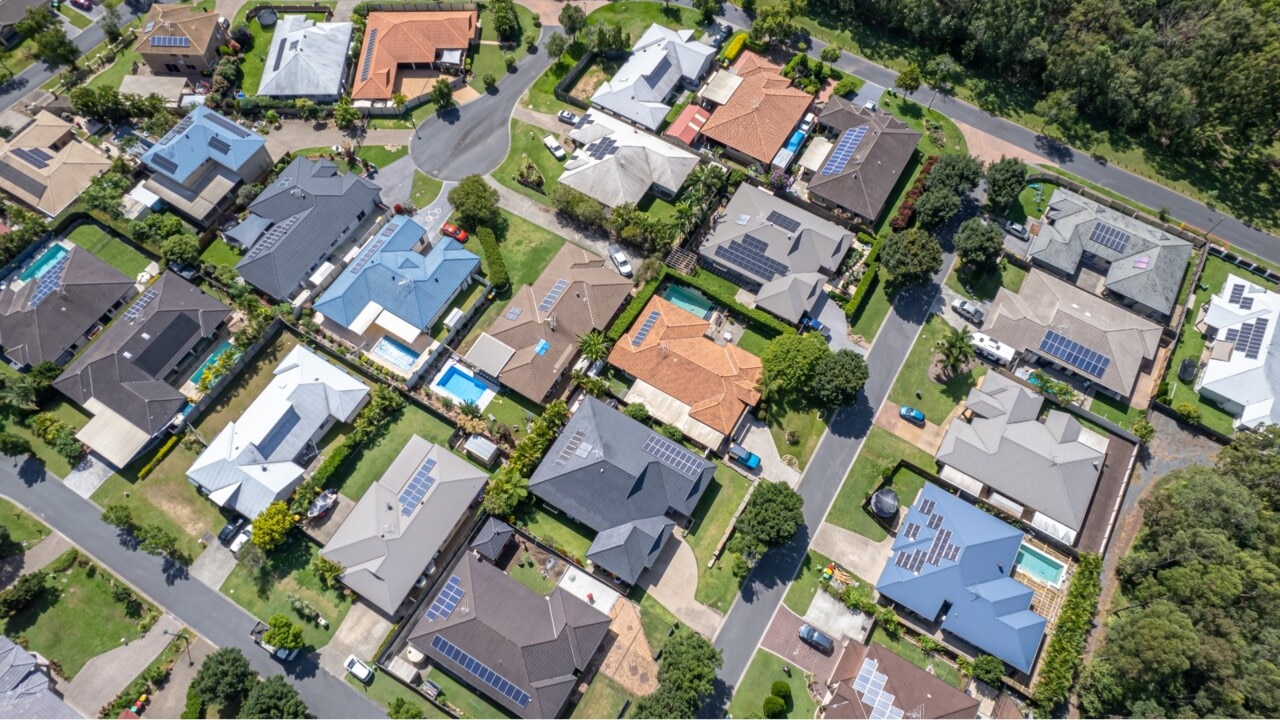Bendigo and Adelaide Bank reveals record $577m profit but CEO Marnie Baker warns of housing crisis
Bendigo and Adelaide Bank CEO Marnie Baker says the housing crisis in rural Australia is worsening as people continue to move away from cities.

Bendigo and Adelaide Bank CEO Marnie Baker says the housing crisis in rural Australia is worsening as people continue to move away from cities and housing shortages plague popular regional areas.
Speaking after announcing a record $577m cash profit for 2023, Ms Baker, who leads the nation’s sixth-largest home loan lender, told The Australian that inland migration had not reversed after the pandemic, as was expected, creating a problem.
“Everyone expected that it may abate, but it hasn’t,” she said. “We’re continuing to see net migration and that is creating issues in regional Australia by way of housing shortages,” she said.
“Being based in regional Australia, I see it on the ground (and) is a concern that we just don’t have enough housing,” she said.
Her comments come as pressure mounts on the Albanese government to fix the country’s housing and rental affordability crisis by increasing housing supply, amid pressure from the Greens to enact a nationwide rent freeze.
“The government, I know, is fully aware and local governments are working on the ground to see what we can do to help alleviate that, but that’s the concern at the moment,” Ms Baker added.
Ms Baker said the bank was not seeing “material” signs of borrower distress in regional or urban areas, but that could change as a result of the fastest monetary policy tightening since 1985.
However, the bank’s results showed loan loss charges jumped over the year after it reversed extra pandemic provisions last year, while loans 90 days in arrears rose slightly to 0.46 per cent – still near historical lows.

“While our asset quality remains sound and arrears are at historic lows, we do expect bad debts to trend upwards and move towards longer term averages of 10 to 12 basis points over time,” she said.
“Borrowers remain in good shape with 41 per cent of loans at least one year ahead on repayments and 31 per cent of loans two years ahead on repayments.
“If I dissect our own book, there’s no real difference between metro and regional areas,” she added. Bendigo shares nonetheless fell 2.94 per cent to $8.92 each, their lowest price in a month, after the record result was worse than investors had expected, with costs, particularly, higher than anticipated.
The bank – which has ambitions to merge with Suncorp’s banking unit – managed to cap so-called “business-as-usual” cost growth over the year at 2.4 per cent, well below inflation.
But investments in risk systems, digital capabilities, productivity measures and initiatives to combat scams and fraud pushed operating expenses 5.9 per cent higher. Asked about Bendigo intentions to acquire Suncorp’s bank, Ms Baker said the bank would only comment on the process once the competition regulator’s decision to block ANZ’s $4.9bn bid was reviewed by the Australian Competition Tribunal.
“We do need to let that process play out,” she said. It’s a bit premature to actually make any comment until such time as that process plays out. In the interim we do remain very focused on our strategy.”
The regional lender has simplified its business in the past four years, reduced costs and switched its strategy towards digital operations, with half of its applications now in the cloud.
But despite management maintaining they expect to keep reducing relative costs to deliver a 50 per cent cost to income ratio in the medium term – after lowering the metric to 54.9 per cent, from 69 per cent in the second half of 2022 – investment analysts remained sceptical.
Citi banking analysts said management’s guidance for further improvement in its cost-to-income ratio through productivity measures appeared “a strong statement in the context of likely declining revenue in the financial year 2024.”
Barrenjoey’s banking analysts Jonathan Mott and Minh Pham put it more bluntly, saying Bendigo was “unlikely” to achieve that, given an expectation for lower credit growth in the sector amid high inflation, and the need to invest more in cyber crime prevention.
“If you are going to have to keep spending on risk, on fraud, on cyber, and the revenue environment gets pretty tough, it really means that you are going to have to clamp down pretty aggressively on your investment spend for growth,” Mr Mott said at the analyst call.
Chief financial officer Andrew Morgan, who answered every question during the Q&A session on the call, said that after increasing investing this year, the bank was now in a position to be able to adjust investment expenditure if needed.
Shying away from the fiercely competitive mortgage market earlier this year paid off, as other banks were bidding for loans with offers below their cost of capital, leading to higher net interest margins (NIM), a key measure of bank profitability.
The NIM – what banks earn on loans minus what they pay for funds – rose 8 basis points to 1.98 in the second half. That compares to margins falling 14bps to 1.96 per cent at Suncorp’s bank, and 5bps to 2.05 per cent at Commonwealth Bank in the second half.
S&P Global Ratings, however, said that ongoing competition and rising funding costs were likely to squeeze Bendigo’s margins over the next 12 months.
Capital strength was a highlight, with core equity tier one capital rising 1.57 percentage points over year to 11.25 per cent.
The bank declared a final 32c dividend, fully franked, up 15 per cent from a year earlier.








To join the conversation, please log in. Don't have an account? Register
Join the conversation, you are commenting as Logout